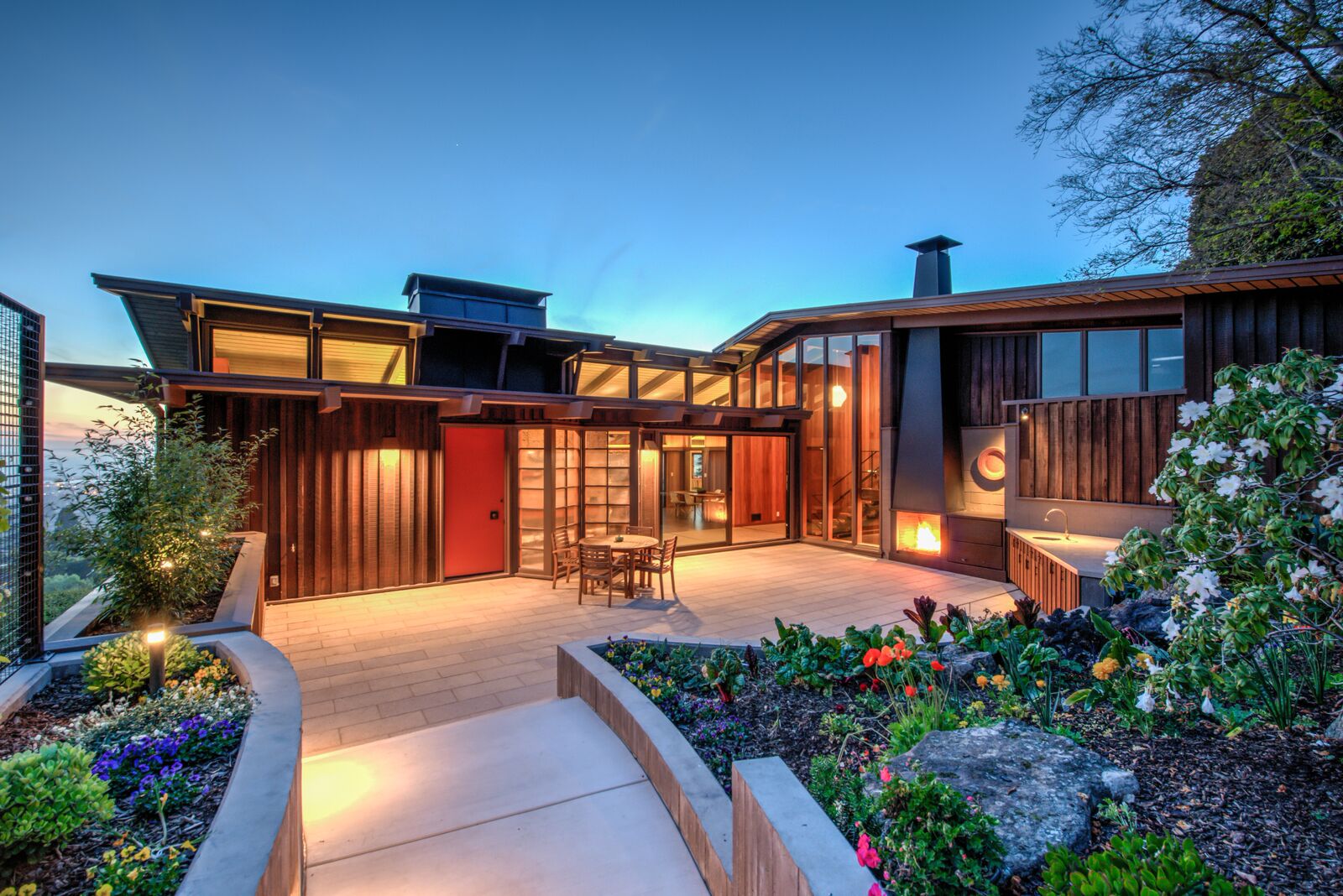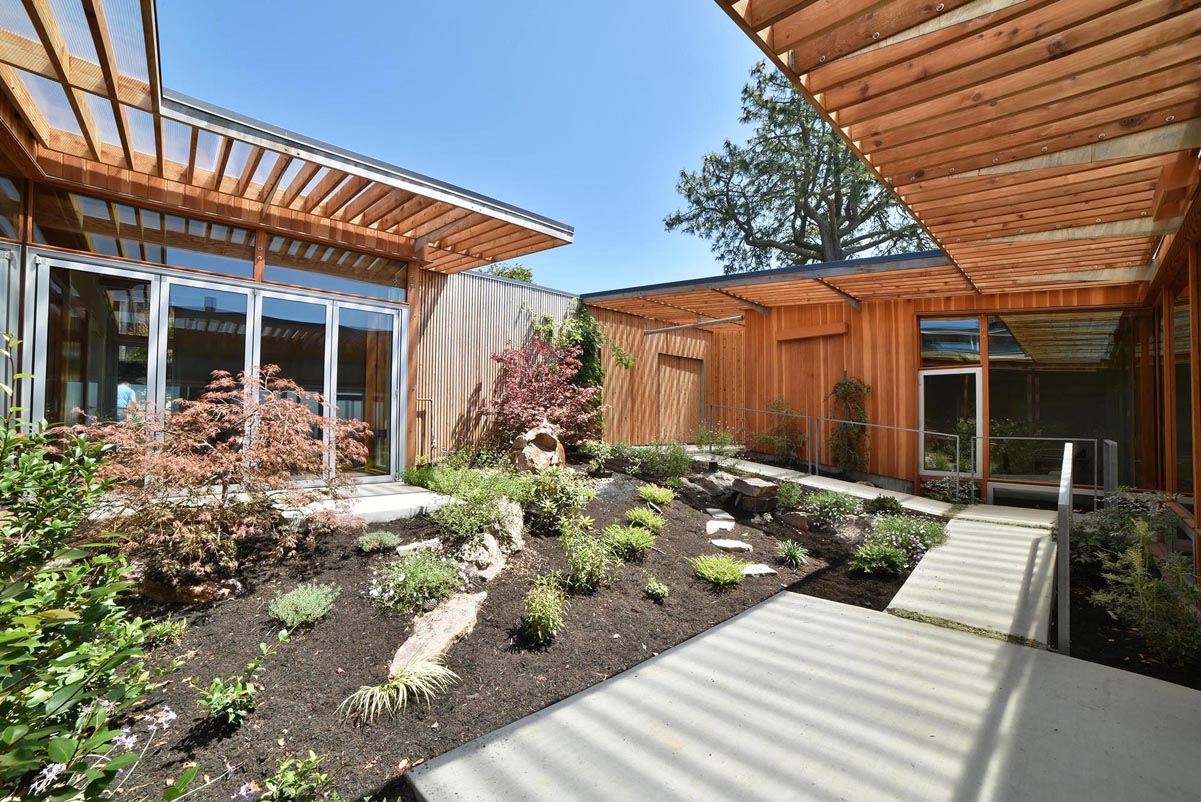Bridging 1930s to the 1960s
 |
|
|
 |
|
|
When talk turns to modern residential architecture, what are we really talking about? There have been many changes from the 1930s to today, as people's tastes and needs, or what they perceive to be needs, have changed.
This year's AiA East Bay 'mostly' self-guided tour, which runs from 10 a.m. to 4:30 p.m. on Saturday, August 8, will open to the public a variety of houses that illustrate what's come before, how it led to what we see today—and what we may be seeing in the future.
The tour day's headquarters is Bica Coffeehouse, 5701 College Avenue, Oakland. Tickets are $50 in advance, $60 on the day of the tour—if there are any left.
"What I think is really great about this year's tour is how we have houses that were built throughout the 20th century," says Sidney Sweeney, executive director of the East Bay chapter of the American Institute of Architects.
"The renovations and remodels span the 1930s to the 1960s, and tour-goers are going to get a great sense of how residential architecture has changed through the years. It's especially interesting to see how contemporary architects are so good at integrating the historic homes that we love with the current-day needs of our families."
Among the homes is one dubbed a 'courtyard retreat' in the Berkeley Hills by the San Francisco firm Anderson Anderson Architecture.
With expansive walls of glass, broad overhangs, and an attractive interior courtyard providing outdoor living while sheltering residents from the prevalent fog and wind, the home appears to be a neat updating of the principles that lay behind Eichler homes and other modern homes of the mid-century.
The home, dubbed the 'Phoenix,' replaces a 1952 house designed by the great Henry Hill, whose homes were characterized by great warmth and imagination. The Hill house burned.
"Synthesizing many ideas of the original architect, the new architects used the same local materials and traditional carpentry forms, while experimenting with new methods of construction," Anderson Anderson writes.
New methods included off-site prefabrication.
Also tied to this fifth annual home tour will be a panel discussion at 5:30 p.m. on Wednesday, July 29 on 'Bay Traditions' in architecture with Lucia Howard, an architect with the firm Ace Architects and an author; and Dave Weinstein, author and features editor of CA-Modern magazine.
Howard will discuss Bay Area 'Brown Shingle' homes, tied to the book she wrote with David Weingarten, Shingle Style. Weinstein's topic will be 'Mid-Century Modern Enters its Second Century.'
The discussion and reception will take place at AiA East Bay's headquarters, 1405 Clay Street, Oakland, by City Hall. It's free for tour ticket holders and for those who register by July 27, $10 afterwards.
For more information on the AiA East Bay tour and talks, click here.




